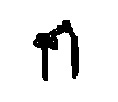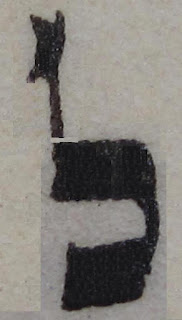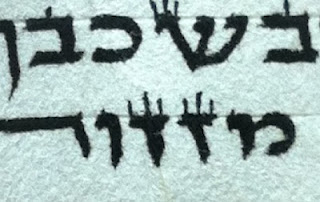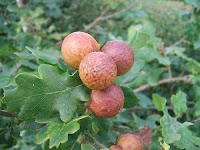Kidush
Shavua Tov, Dov, a sofer friend of mine has asked me 'do the shemot in haftarot require kidush? Does the word 'shalhevetya' in Shir HaShirim require kidush? 'haleluya' in Tehilim?' I would say yes to the first and no to the other two, but I can't actually find any sources that back this up and I've been reading through quite a few books to see if this is specifically mentioned. Anyone out there have any specific references to sefer haftarot and the other two that I can pass on to him . Many thanks, Mordechai












